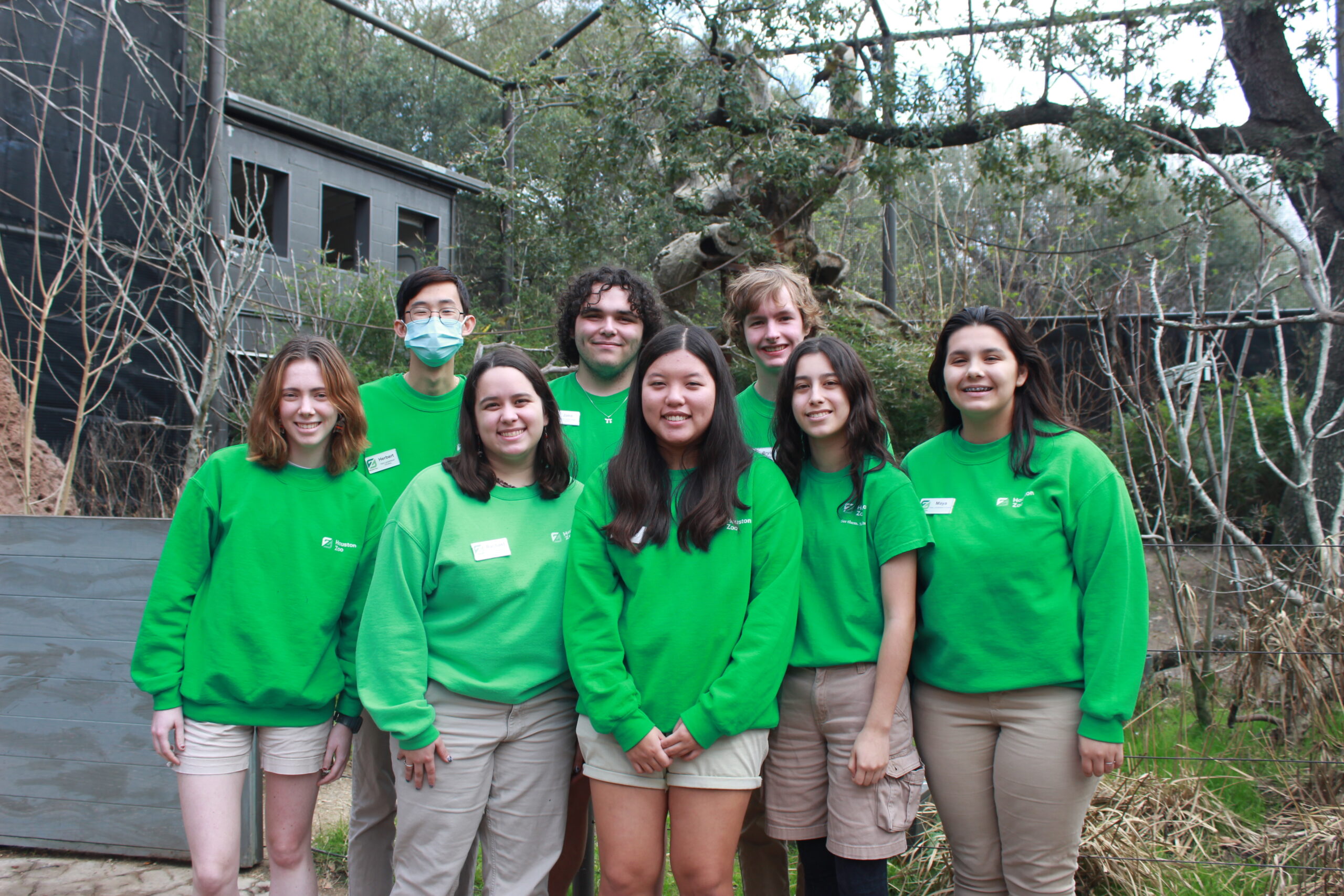Houston Zoo’s Bird-Saving Campaign Committee, comprised of teens in the Zoo Crew program, is passionate about birds and their protection in the wild. As Houston sits between the Mississippi and Central Flyways, it is a diversity hotspot for migratory birds, making it essential to protect them during migration season. The city’s bright lights at night can disorient birds, leading to collisions with buildings, making Houston the second most dangerous city for birds during migration. The committee recommends certifying homes and workplaces as part of the Lights Out for Wildlife campaign and creating wildlife-friendly spaces, like gardens, for birds to rest and eat. The Houston Zoo‘s Bird-Saving Campaign held activities and events for World Migratory Bird Day to show the importance of migratory birds and encourage steps to protect them.
The Houston Zoo is taking an innovative approach to promote wildlife conservation and increase awareness about the effects of light pollution on animals. The zoo has implemented a new initiative called “Lights Out for Wildlife,” where they turn off unnecessary lights at night to help protect wildlife and reduce energy consumption.
Why Lights Out for Wildlife?
Light pollution significantly impacts wildlife, disrupting their natural patterns and behaviors. Bright lights can disrupt bird migration, alter fish spawning, and confuse sea turtles, causing them to disorient and hatchlings away from the ocean. Not only does light pollution affect animals, but it also wastes energy and increases carbon emissions.
The Houston Zoo’s Response
To address these challenges, the Houston Zoo has implemented the Lights Out for Wildlife initiative to decrease the impact of light pollution on wildlife. The zoo’s staff worked with lighting experts to identify which areas of the zoo could be dimmed or turned off without compromising the safety of staff or animals.
The initiative began in March 2020 and has since saved over 61,000 kilowatts of electricity. The move to reduce unnecessary light has also preserved the migratory patterns of birds at the zoo and helped protect the wildlife found there.
Public Participation
The Houston Zoo has taken the initiative by encouraging visitors to contribute to the conservation efforts by turning off unnecessary lights in their homes. The Lights Out for Wildlife initiative is spreading through education and awareness through social media, email newsletters, and other communication channels.
The Future of Lights Out for Wildlife
The Lights Out for Wildlife initiative is a testament to the Houston Zoo’s commitment to wildlife conservation and its proactive approach to addressing environmental issues. The zoo plans to build on the initiative’s success, working with other organizations and businesses to encourage them to adopt similar practices and reduce the impact of light pollution on the world’s wildlife.
Conclusion
By implementing measures to reduce the impact of light pollution, the Houston Zoo is making valuable progress toward protecting the environment and preserving the habitats of the animals in their care. The call to switch off lights or reduce their usage is one that everyone can answer readily to make sure the world’s wildlife enjoys their natural habitat.

